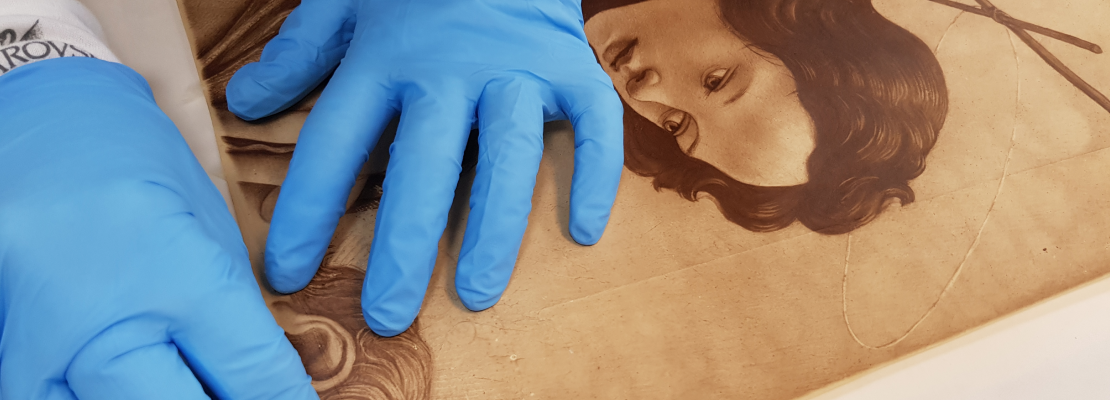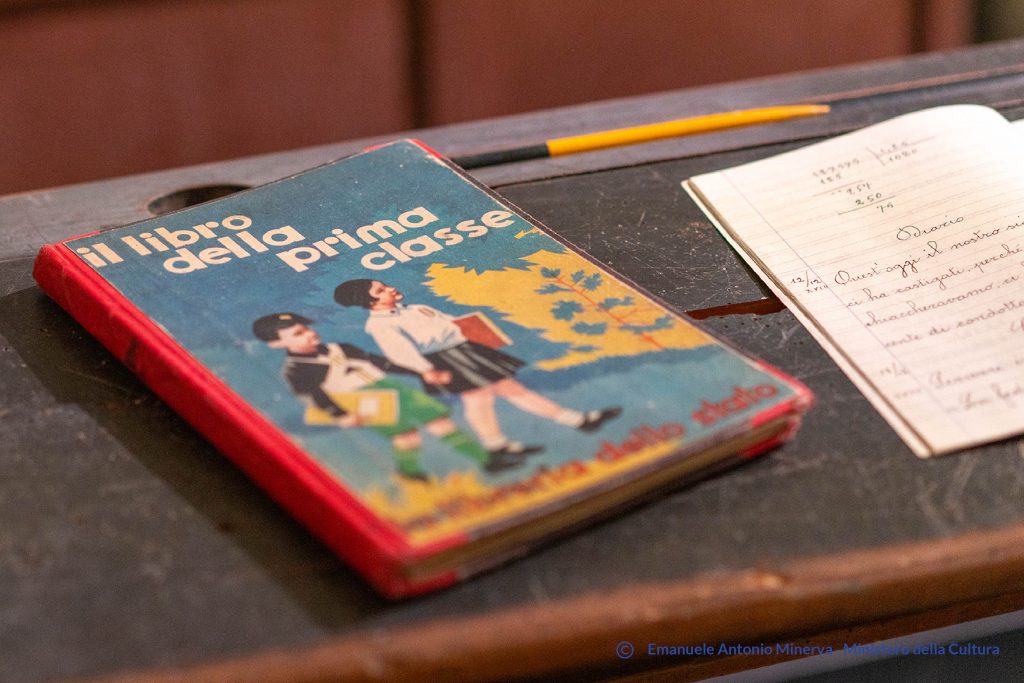10.00 – 19.00 from Tuesday to Sunday, closed on Monday
Ultimo accesso ore 18.30
Free entry
Home » Events » “Scendere per strada. Giovanni Gentile tra cultura, istituzioni e politica” mostra del MiC
“Scendere per strada. Giovanni Gentile tra cultura, istituzioni e politica” mostra del MiC

Date
From 16 April to 7 July 2024
Location
Istituto Centrale per la Grafica – Roma, Palazzo Poli in Via Poli, 54
How to participate
Contacts
Description of the event
On April 16, 2024 the exhibition Scendere per strada. Giovanni Gentile tra cultura, istituzioni e politica at the Istituto Centrale per la Grafica of theMinistero della Cultura, in Rome, at Palazzo Poli, open to visitors until July 7th. An opportunity to remember one of the greatest and most controversial intellectuals of the Italian twentieth century on the occasion of the eightieth anniversary of his death.
The MinisterGiuliano Sangiuliano lists Gentile as one of the most authoritative recognized scholars of philosophy at a European level and describes the genesis of the exhibition's title in this way: “The very choice of the title indicates a vision: 'Scendere in strada' is a motto that Gentile himself used to urge intellectuals to bring culture to the people”. The person responsible for the planning and organizational coordination of the exhibition, Andrea De Pasquale, General Director of Education, Research and Cultural Institutes, underlines: “We therefore chose to secularly present the Gentile's life and work, highlighting his role in organizing culture. He was in fact the soul of many institutions that still operate in the Italian cultural panorama today and the exhibition aims precisely to highlight this influence of his on the cultural life not only of fascist Italy, but also of republican Italy.
The exhibition
seventy-five works including originals and reproductions from various institutions are on display in a journey divided into three rooms focused on accounting for the complex and multiple cultural policy action undertaken during its existence.
Dopo una parte introduttiva dedicata alla biografia e ad alcuni momenti cruciali della sua vita accademica e politica, l’esposizione ripercorre nella prima sala le diverse istituzioni che egli promosse e diresse negli anni Venti e Trenta del secolo scorso: l’Enciclopedia Italiana, The Centro Nazionale di Studi Manzoniani, l’Istituto Italiano per il Medio ed Estremo Oriente and theIstituto Italiano di Studi Germanici.
The second room focuses on two other cultural institutions that had a strong bond with Gentile: the Scuola Normale Superiore di Pisa, which hosted him first as a student and then as director, and the Accademia Nazionale dei Lincei. Also in this environment, ample space is given to the complex Gentile Reform conceived and issued with a series of Royal Decrees in 1923.
At the end of the route, the third room hosts an immersive video, with images of the time, which aims to bring the visitor even further into Gentile's intellectual and political biography.
For further information, consult the MIC press release.
How to visit the exhibition
Istituto Centrale per la Grafica – Palazzo Poli in Via Poli, 54 – 00187 Rome
Opening to the public: 16 April – 7 July 2024
Times: 10.00am – 7.00pm Tuesday – Sunday, closed Monday
Last access 6.30pm
Free entry
Organizational planning and coordination
Andrea De Pasquale
General Director of Education, research and cultural institutes
Scientific Committee
Coordinator: Giuseppe Parlato
Members: Simonetta Bartolini, Giovanni Belardelli, Barbara Bracco, Massimo Bray, Massimo Cacciari, Alessandro Campi, Hervé A. Cavallera, Gianni Dessì, Emma Giammattei, Miguel Angel Gotor, Giacomo Marramao, Guido Melis , Mauro Moretti, Marcello Pera, Francesco Perfetti, Roberto Pertici, Adriano Valerio Rossi >, Gennaro Sasso, Paolo Simoncelli, Alessandra Tarquini
Executive council
Simonetta Bartolini, Giovanni Belardelli, Alessandro Campi, Gianni Dessì >, Giuseppe Parlato, Maura Picciau
Thanks to: Archivio Centrale dello Stato, Archivio Storico Istituto Luce, Centro Nazionale di Studi Manzoniani, Fondazione Roma Sapienza (Archivio Giovanni Gentile), Fondazione Ugo Spirito e Renzo De Felice – Roma, Istituto Comprensivo Regina Margherita – Roma, Istituto della Enciclopedia Italiana, Istituto Italiano per il Medio ed Estremo Oriente, Istituto Italiano di Studi Germanici, Museo delle Civiltà – Roma, Scuola Normale Superiore di Pisa






Date and time
From 16 April to 7 July 2024
